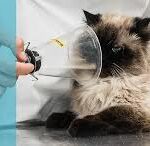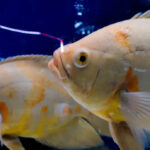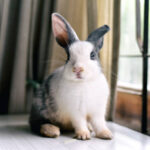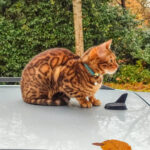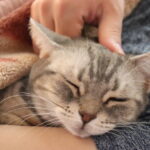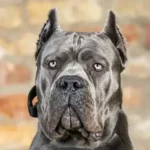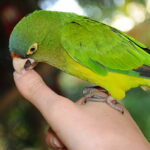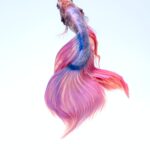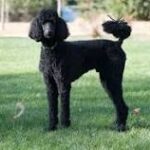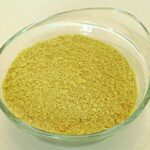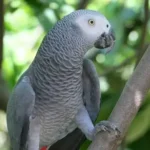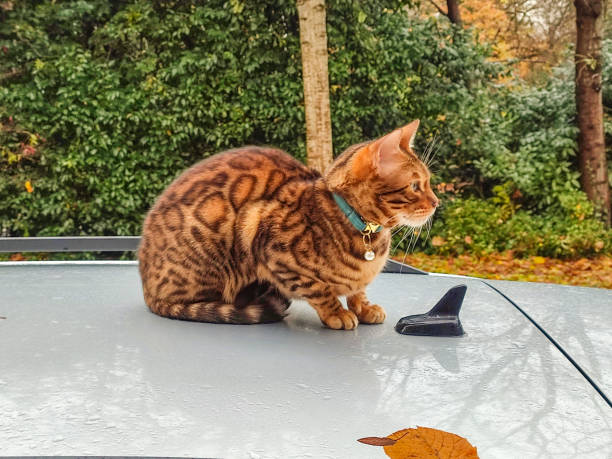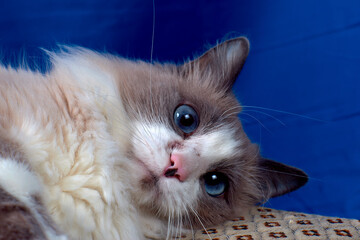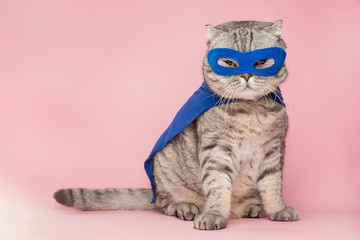Bred to look wild and exotic, the Bengal cat breed is popular worldwide, these leopard-spotted house cats were originally developed by breeding domestic cats with wild Asian leopard cats.
Those early-generation cats were wilder than domestic, but through careful breeding, the generations available today are loyal, friendly, and great house cats. Even with a wide range of colours, it’s easy to recognize a well-bred Bengal.
Table of Contents
Did you know, however, that there is a long-haired variety?
For generations, Bengals have been bred to mimic their wild ancestors closely. This puts a high value on cats with short, sleek coats. More recently, however, certain breeders and pet lovers have fallen in love with a different kind of Bengal: the Cashmere Bengal. Here’s what you need to know about this unique-looking cat.
1. Long Hair Is a Natural Breed Trait:

Even people familiar with the Bengal breed might be surprised to learn that long, silky fur is not a new trait for these wild-looking felines. Long-haired Bengals have existed for as long as the breed itself. However, silky long hair has traditionally been considered an undesirable trait.
It is left out of the breeding standards because it removes the breed from the original goal of resembling a sleek-looking wild cat.
As a result, most Bengal breeders do their best to avoid the recessive gene that codes for long hair in their litter. If a long-haired kitten is born, it’s usually spayed or neutered and sold as a pet at a discounted price.
More recently, breeders have started to recognise the beauty of the long-haired Bengal. Instead of using genetic testing to avoid the long-haired gene, breeders of Cashmere Bengals test their cats, looking for that recessive marker. By breeding two cats with recessive long-haired genes, they increase their chances of having Cashmere kittens.
2. Cashmere Bengals Have All the Personality Traits of Short-Haired Bengals:

It’s a common misconception that Cashmere Bengals are mixed breed cats or “less than” compared to the traditionally short-haired Bengals. The truth is that Cashmere Bengals are 100% purebred cats. Aside from their recessive gene that codes for their long hair, they are genetically identical to their short-haired brethren.
This means that Cashmere Bengals are intelligent, active, and curious, just like you’d expect a Bengal to be. They can be trained to do tricks, walk on a leash, and be loyal to their favourite people. With proper socialisation, a young Cashmere Bengal will chase toys, chatter at birds, and be a fun, active cat for the whole family to enjoy.
3. European Breeders Are Working To Have Cashmere Bengals Recognized as Their Own New Breed:

While long-haired Bengals are not new, their newfound favour has inspired some breeders to push for their status as a separate breed. American breeders that focus on Cashmere Bengals are still few and far between, but these pretty felines have gotten more of a toehold in the hearts of European breeders.
These cats may be recognised as a new and separate breed. In the United States, cat lovers still celebrate the 2017 change that made Cashmere Bengals eligible for championship competitions with TICA.
4. You Can’t Tell if a Bengal Will Have Long Hair Until They’re Older:

Even when people purposefully breed for a long, silky coat, they must wait several weeks to confirm they have a full litter of Cashmeres. It’s impossible to tell what kind of hair the tiny kitten will have when born. It isn’t until the kitten is anywhere between six and twelve weeks old that their long hair becomes obvious.
Even then, Cashmere Bengals have different kinds of fur. Some are as thick and fluffy as a Maine Coon and other similarly haired breeds, and some Cashmere have long hair that is more sleek and subtle.
5. Cashmere Bengals Don’t Need To Be Brushed:

A common concern for anyone considering a Cashmere Bengal is the extra upkeep that usually comes with long hair. However, brushing doesn’t need to be a factor with these exotic house cats. A Cashmere Bengal’s fur is incredibly soft and silky. Their fur is fine enough to resist matting, and a cat’s natural grooming habits are enough to keep them always looking their best. Many people with Cashmere Bengals claim that their cats don’t shed as much as others, and they might be at least somewhat hypoallergenic.
Cashmere Bengals combine wild and luxurious, with their striking rosettes visible on their silky smooth hair. More and more people worldwide are falling in love with the Cashmere Bengal, but these long-haired beauties are still relatively rare.





